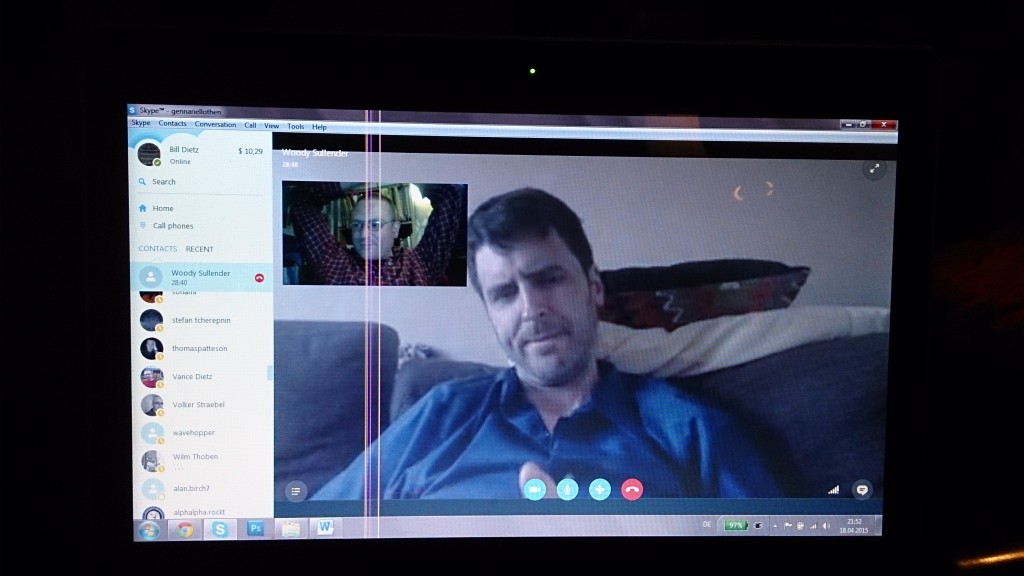Within an hour of e-flux’s e-mail about Art in General’s “What Now? 2015: The Politics of Listening,” the announcement was forwarded to us by five different individuals, all with an eyebrow raised. A related exhibition closed in Finland a few weeks prior, as listening gets yet another moment in the spotlight.
While we’ve applauded recent moves in art history and media studies challenging the hegemony of the visual,1 why does the waxing art world topicality of “listening” seem to be inversely proportional to sound practitioners’ waning interest in it? Does it really have to turn up on e-flux before people pay attention? Haven’t musicians, composers, and sound artists all over the world been thinking listening for centuries?
At Art in General’s “What Now? 2015” conference, organizers pressed attendees to “‘listen for what is left out, and why?’”2 Throughout the two days dedicated to the “politics of listening,” it was the sonic itself that was frequently left out, supplanted by discussions of data-mining, redacted CIA documents of the Bush/Cheney era, prison reform campaigns, etc. At the conference’s best, moments of authentic cross-disciplinarity shone through – artists and scholars, for example, approaching sound in the writings of James Baldwin to explore racialized subjectivities of listening and the recollection of hearing. The exciting potential of examining topics anew vis-à-vis listening was, however, frequently cut short when limited engagement with sonic expertise repeatedly led panelists into that raging default mode we cited in our inaugural editorial, what Jonathan Sterne calls, “the audio-visual litany” (sound is inherently more…subjective…more immersive…more interior…more ______ than vision).
Christoph Cox concluded his conference presentation stating that artists’ projects must not simply be taken as illustrative of or addenda to theory, but that they propose other ways for us to listen. Coming from vastly different positions, the authors in our sophomore issue offer precisely such generative perspectives on listening and listening subjects from the privileged viewpoint of the practitioner. It is NOT that musicians should be the only ones to talk about sound, but that there is nevertheless a value in that specialist knowledge of music nerds who spend their days dealing with audio minutiae and the history thereof. A value which is also not to be confused with the positivist musicological valorization of such detail, but instead, a value that might still open out into an authentic interdisciplinarity.
The contributors to Issue 2 face the immense material complexity of listening head on – physically, technically, formally, politically, socially. Their contributions continually orbit the question, ‘What is Listening?,’ all the while deftly dodging all manner of all too common platitudes. What emerges? Certainly not a single answer, but perhaps outlines of tendencies in what English refers to as sonic “flux:” the imbrication of listener and site, say, as Laska, Mullen, von Borries, and even Sabat tell us; the inseparability of listening and listener, of the particularity of a listening subject, as Bromely/Fesca, Chattopadhay, Javier, and Zevin/Ellis tell us; the intractability of listening and relationality, as English and Hutchinson write. Though her three scores are deliberately offered without comment, Matana Roberts’ immensely ambitious ongoing COIN COIN project might be seen as emblematic of the complex engagement of listening and history which our issue seeks to stake out. She reminds us that we must perpetually listen closer.
+++

Your faithful editors
1 Hurray, MoMA bought I am sitting in a room! – then again, what? Pure canonization? Hallowed worthiness? Does MoMA acquire a say in managing its performance rights? For now, the score of I am sitting in a room remains available from Lucier’s publisher for 7.50€.
2 Their quote from UltraRed’s 2013 “Notes on the Protocols for a Listening Session”